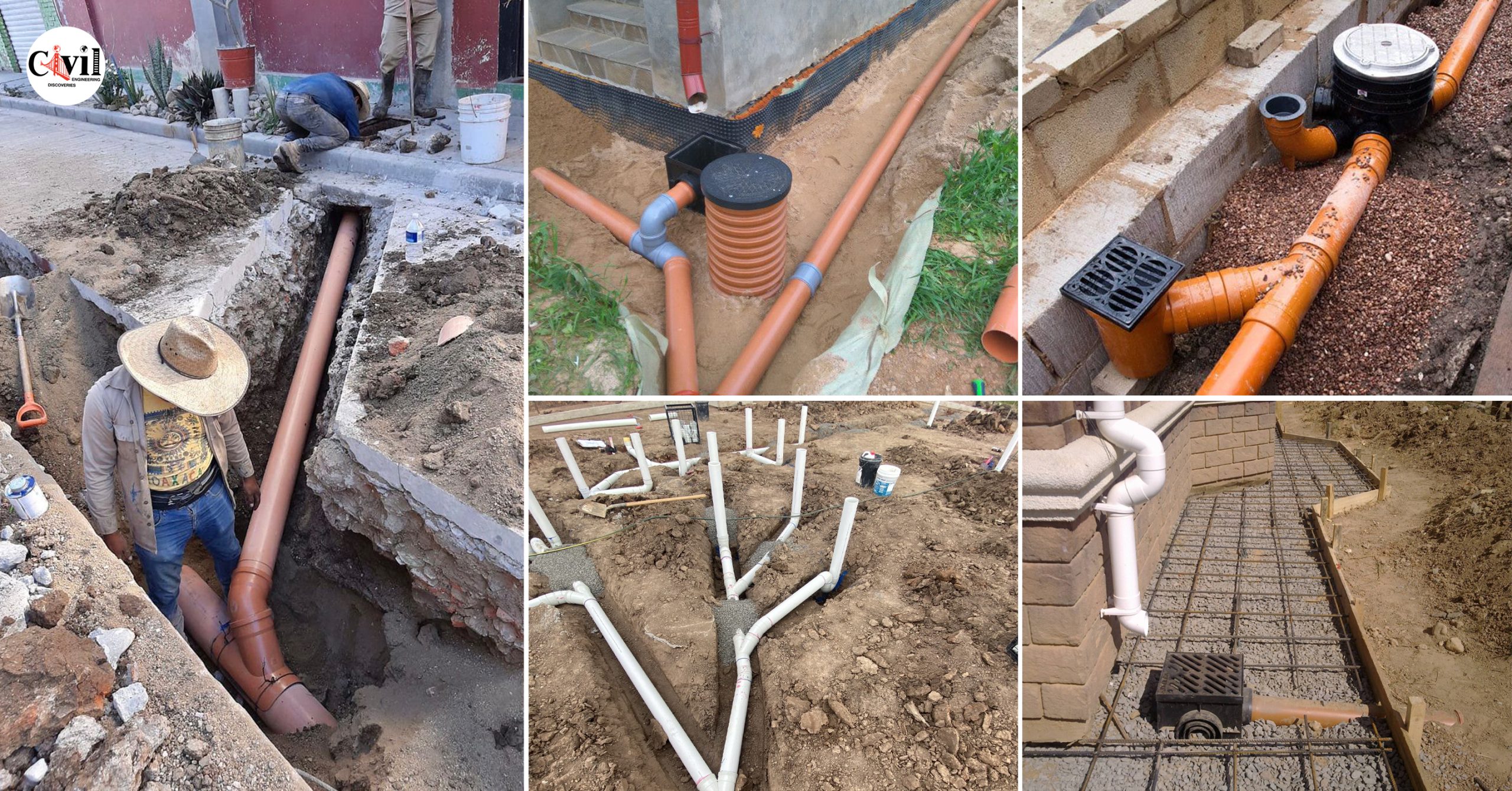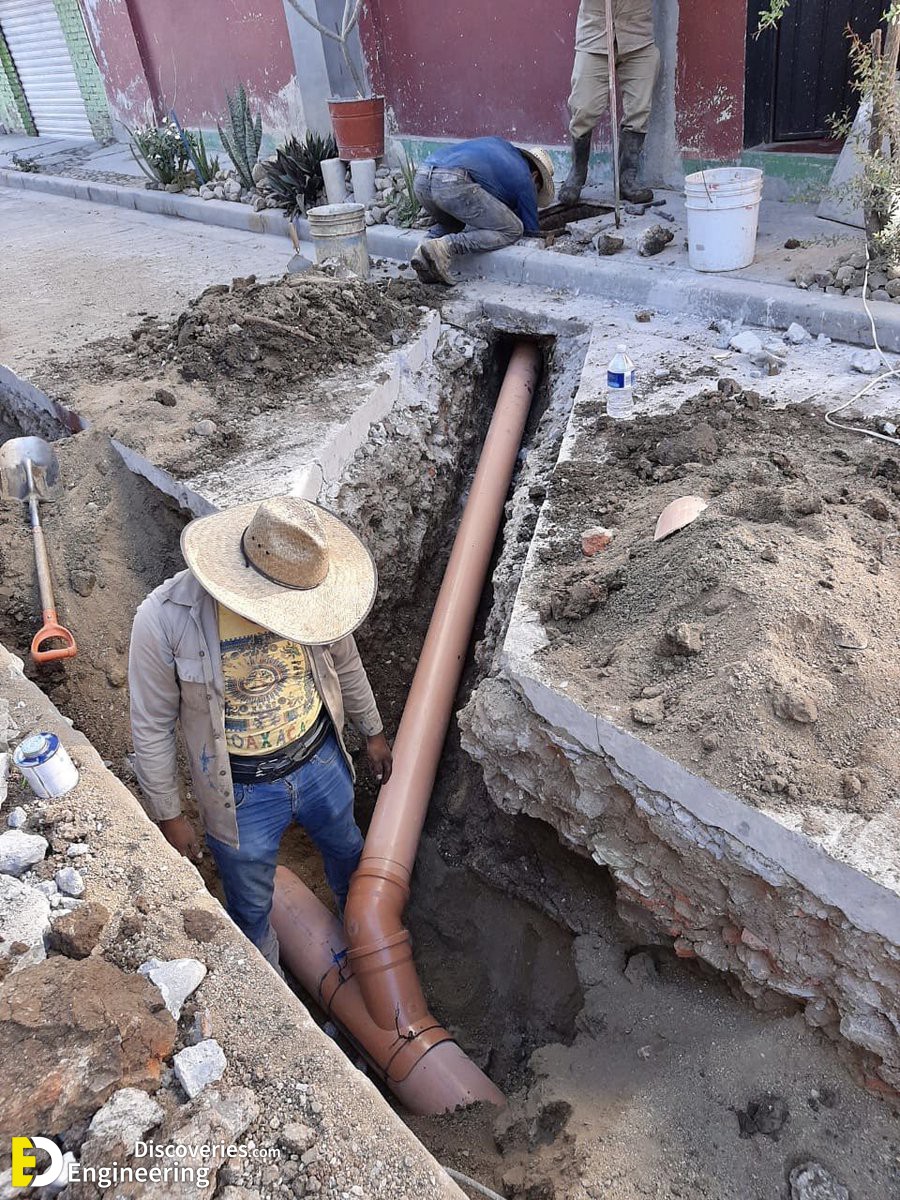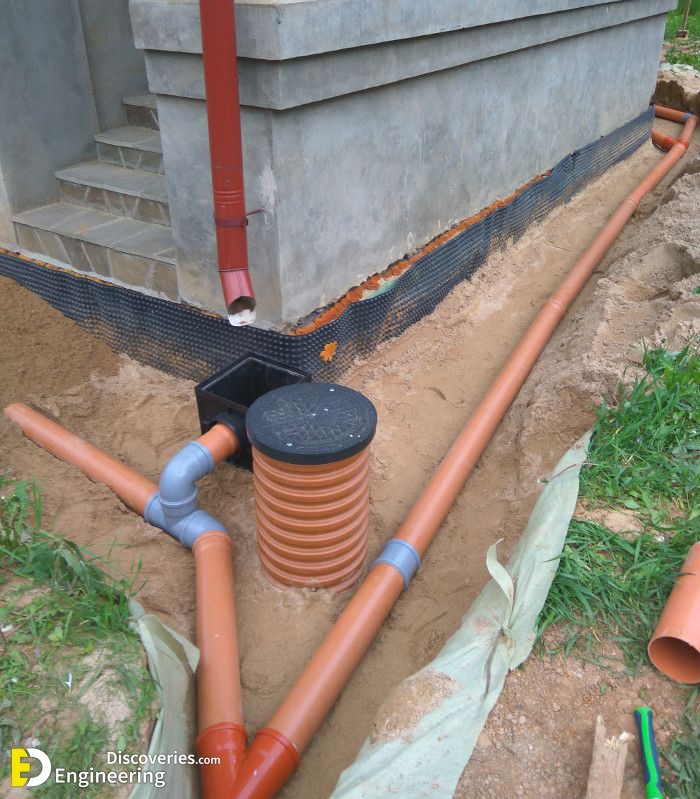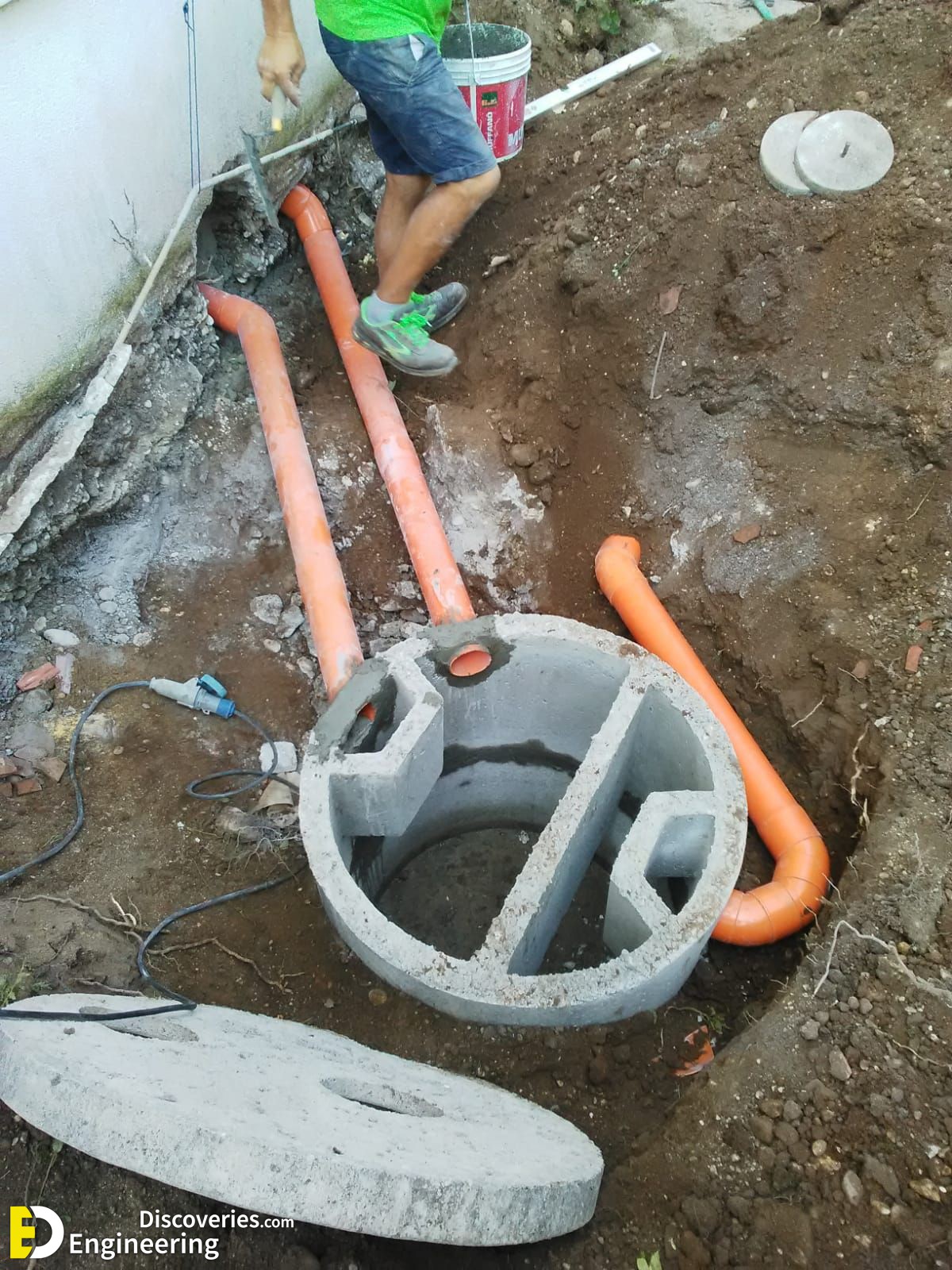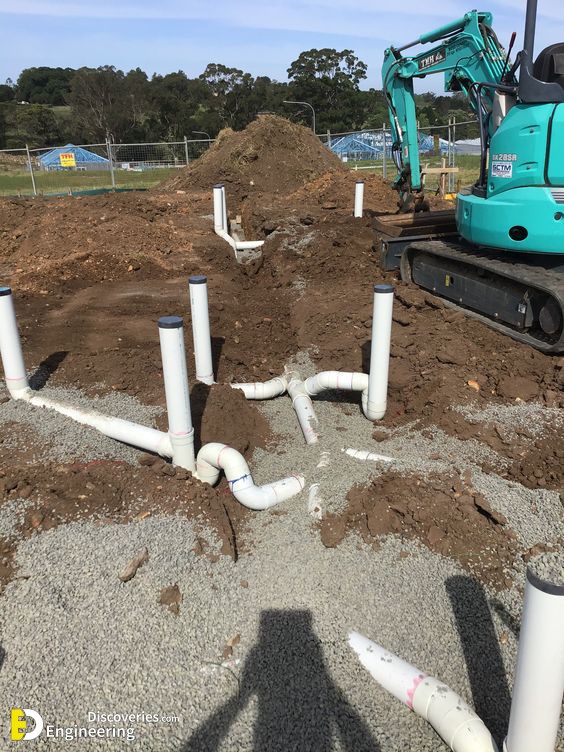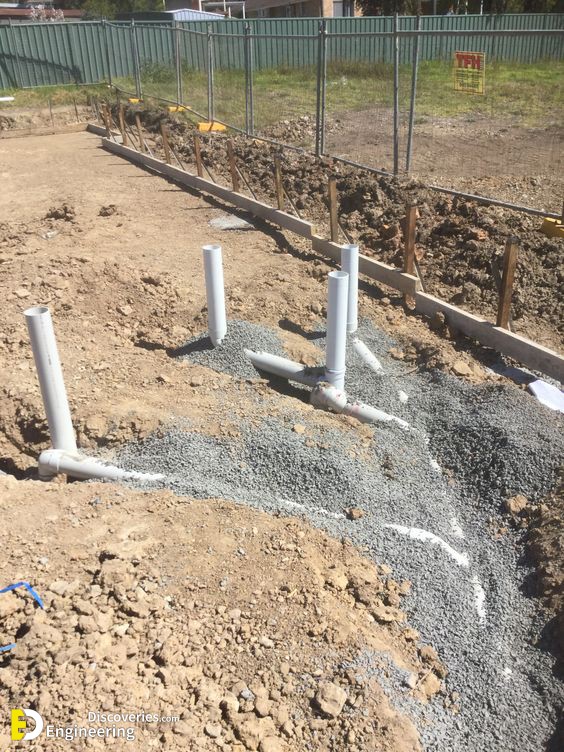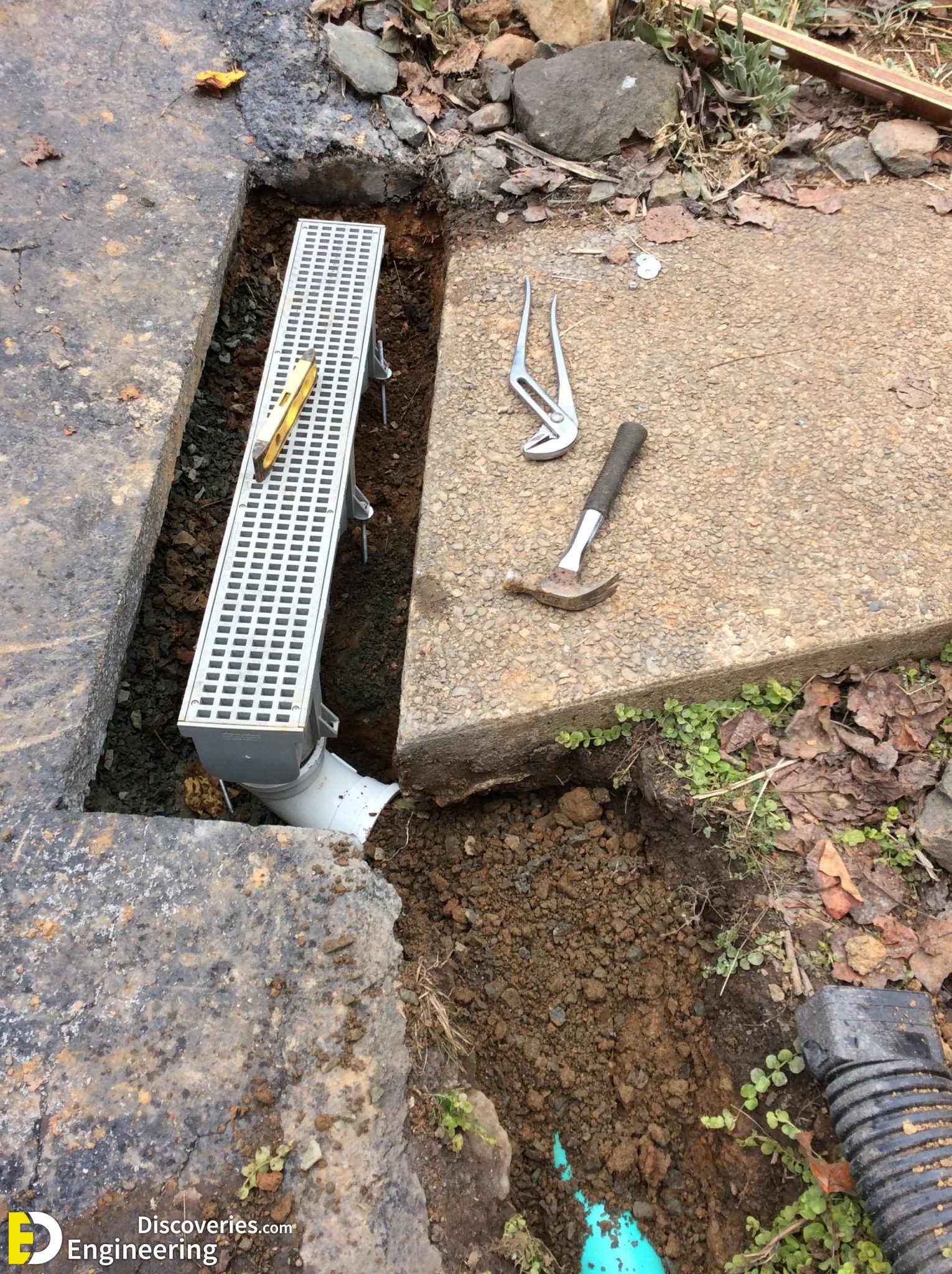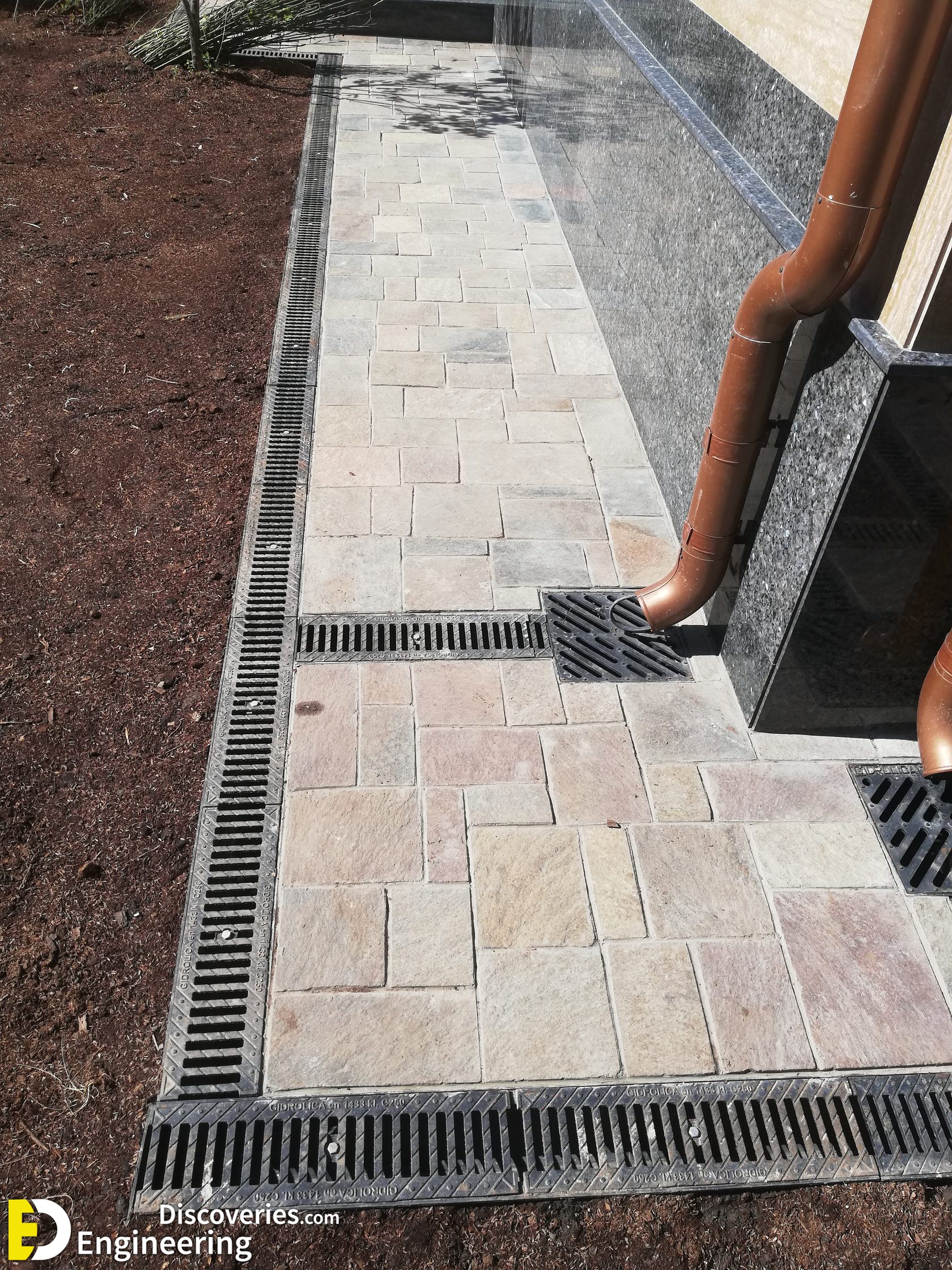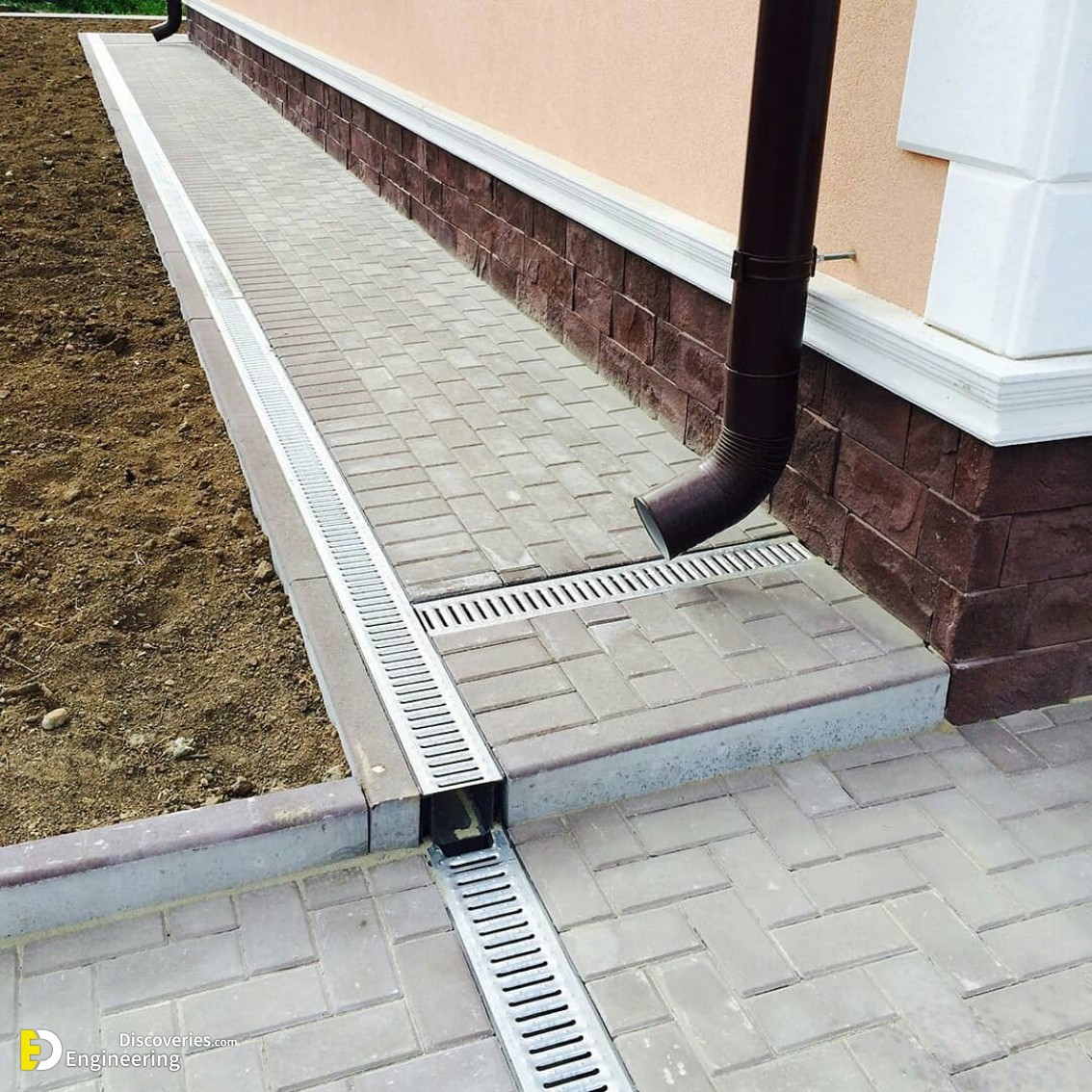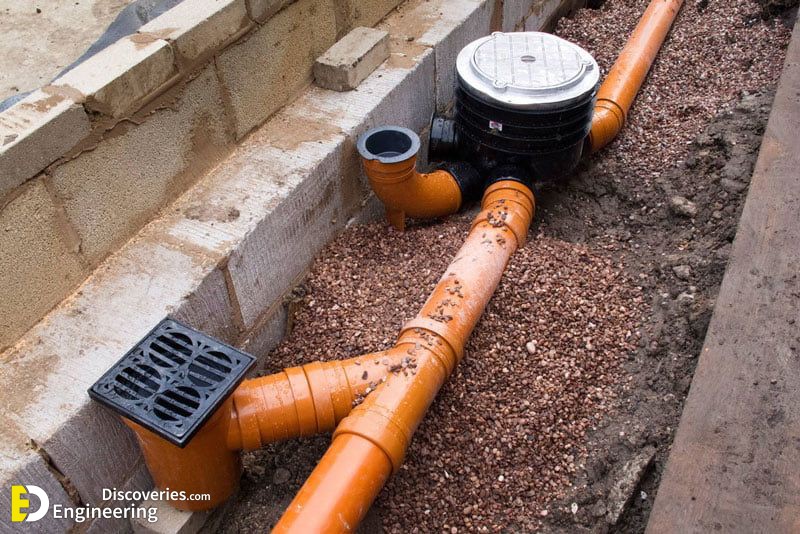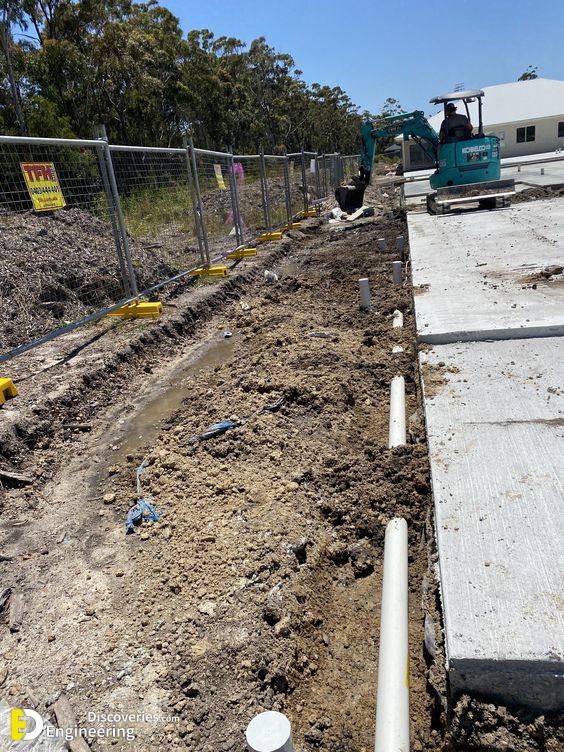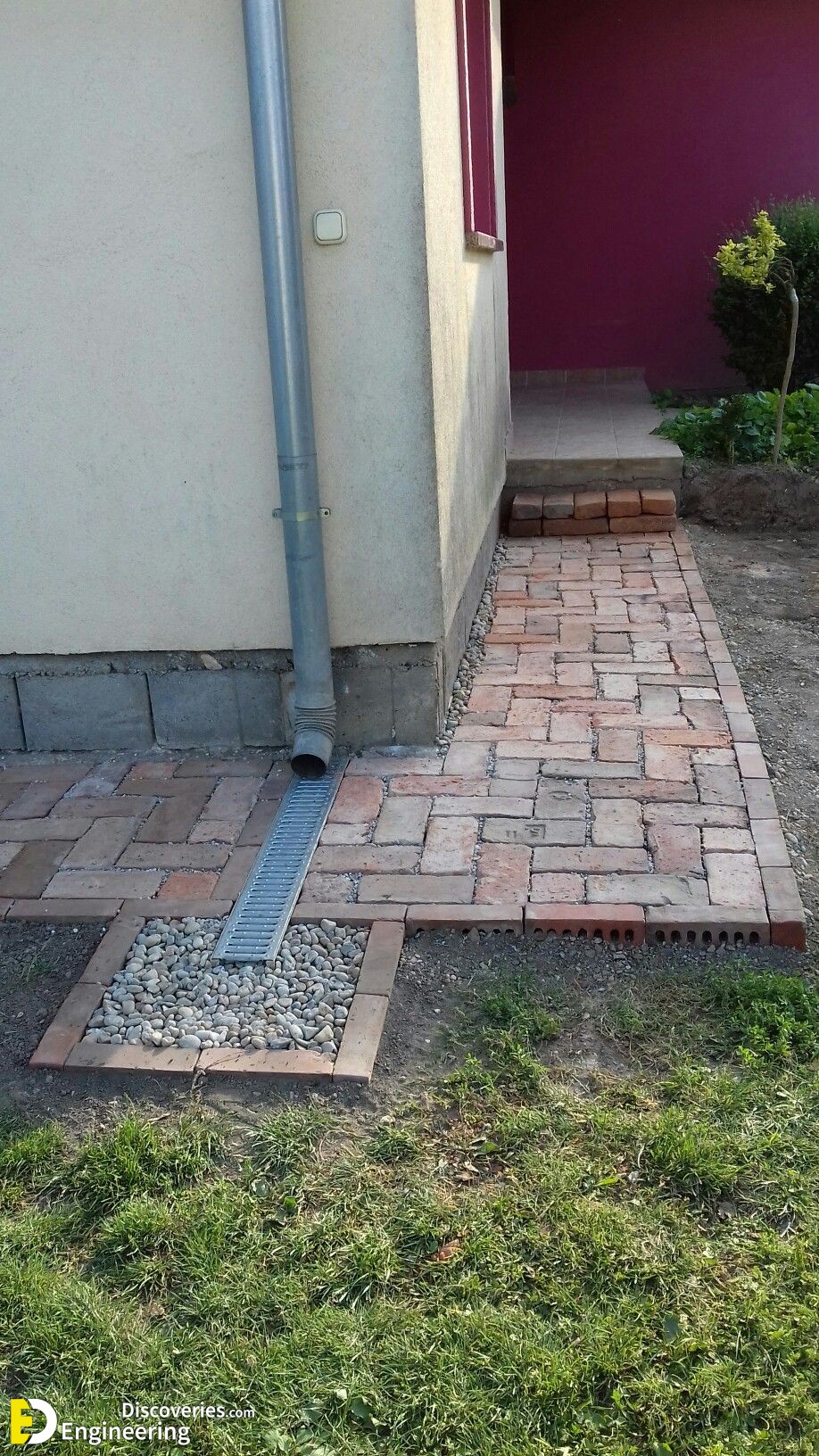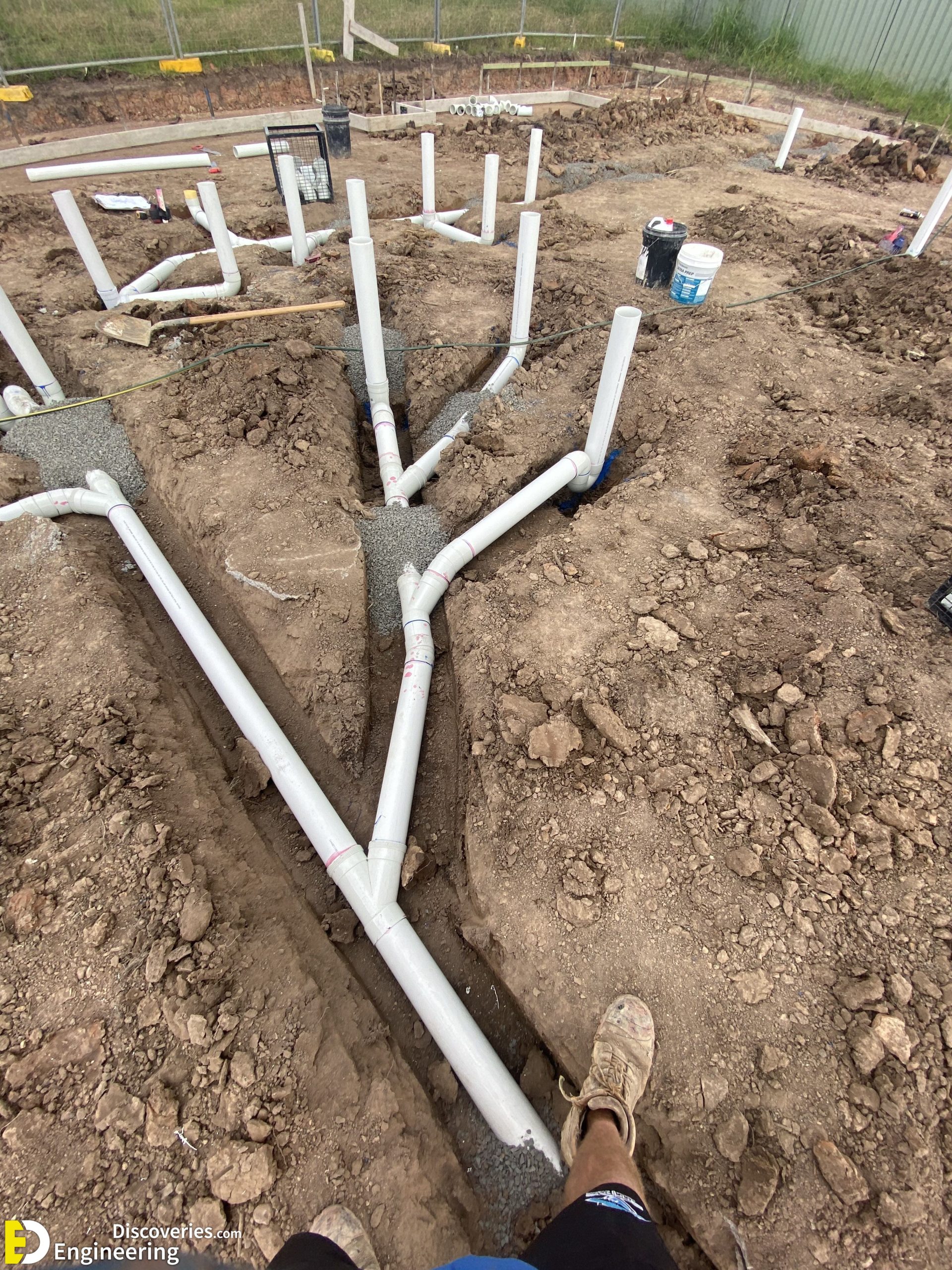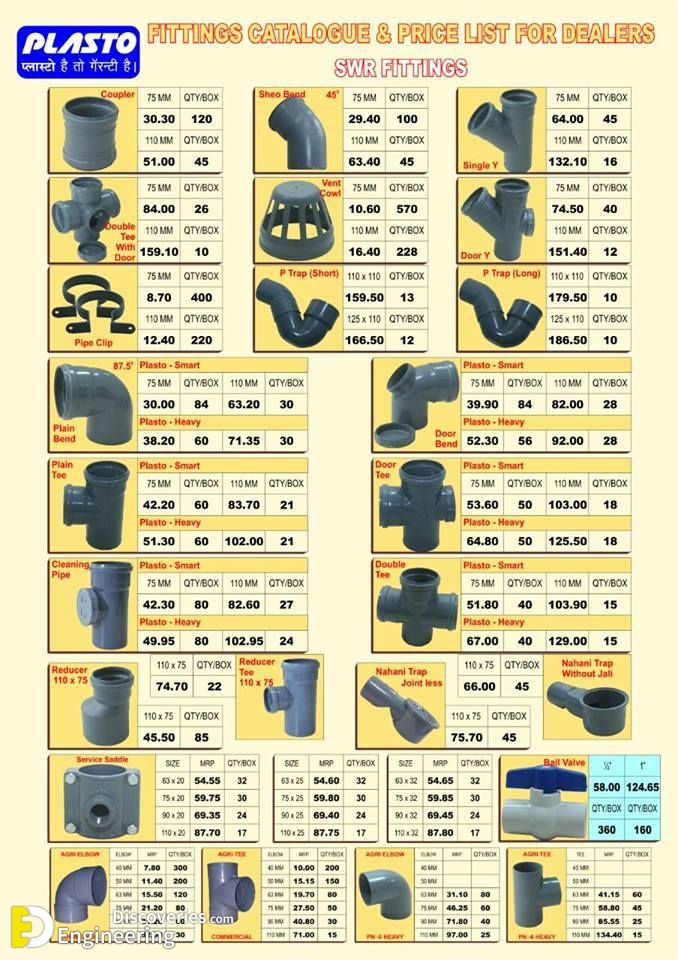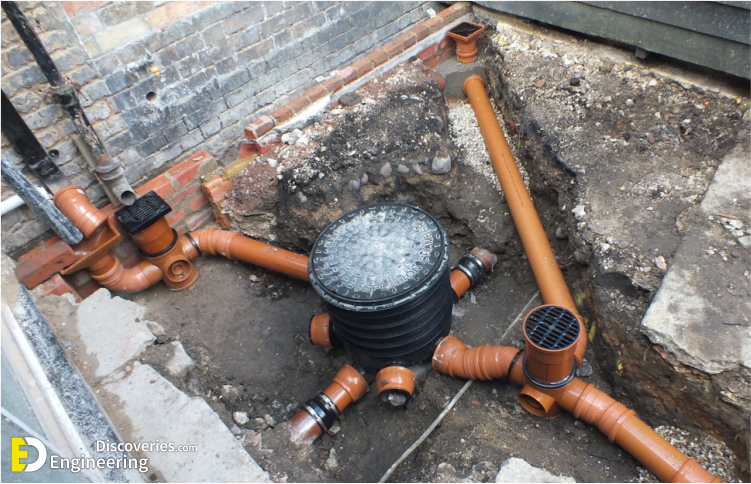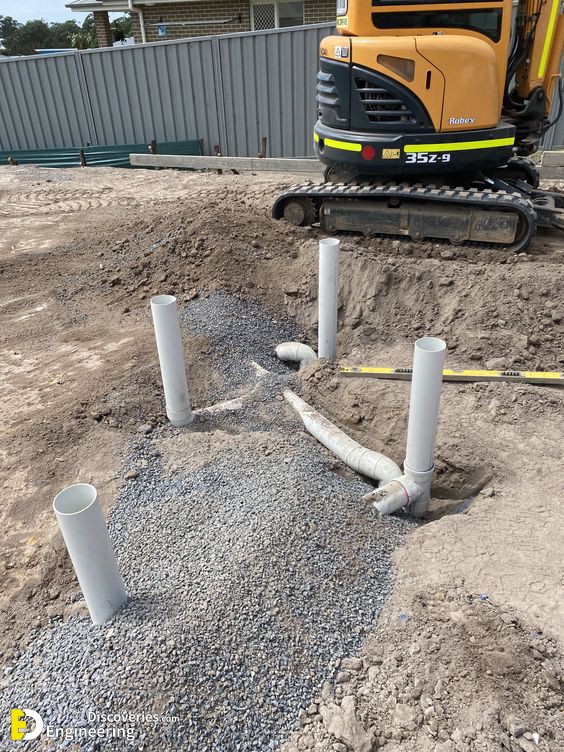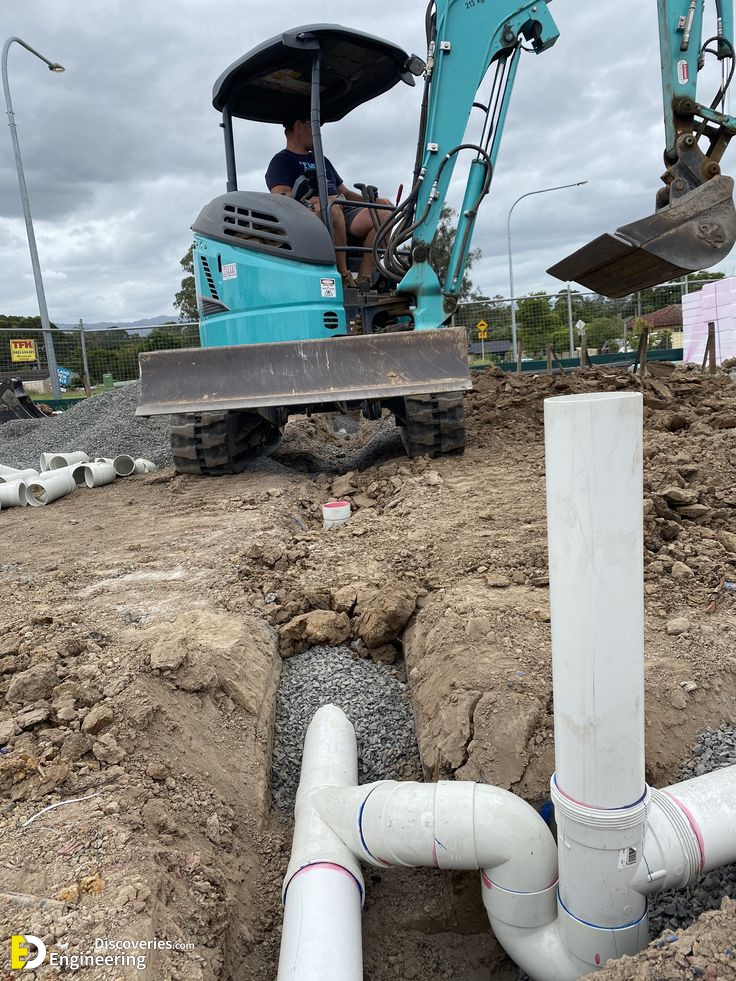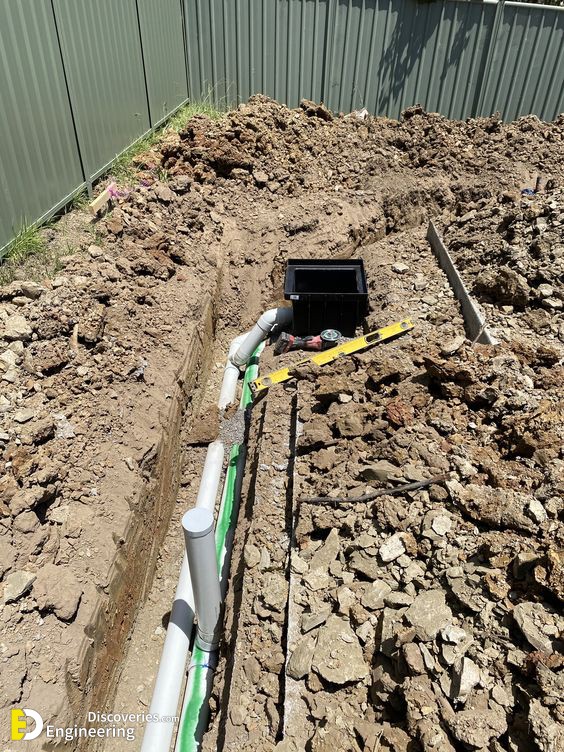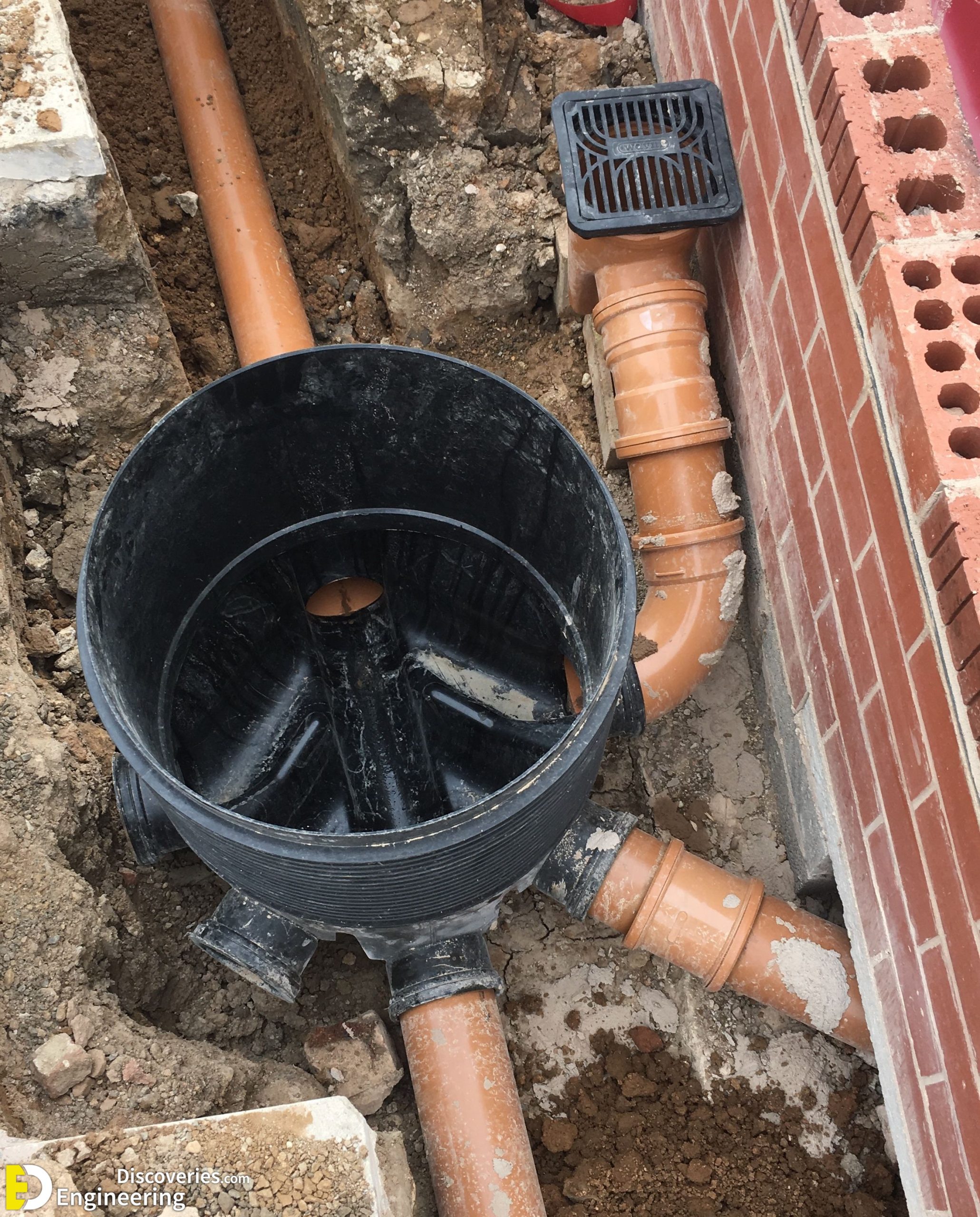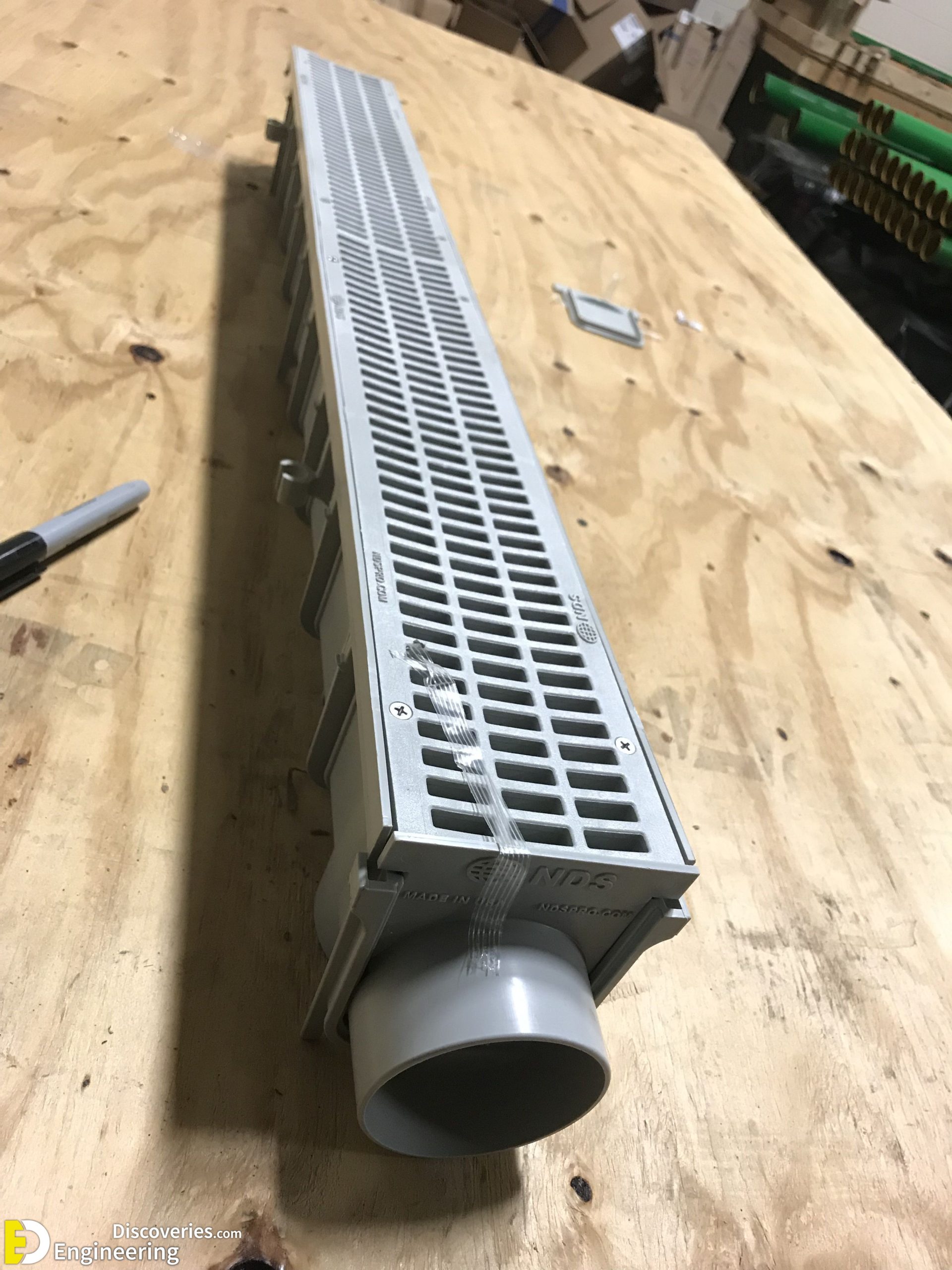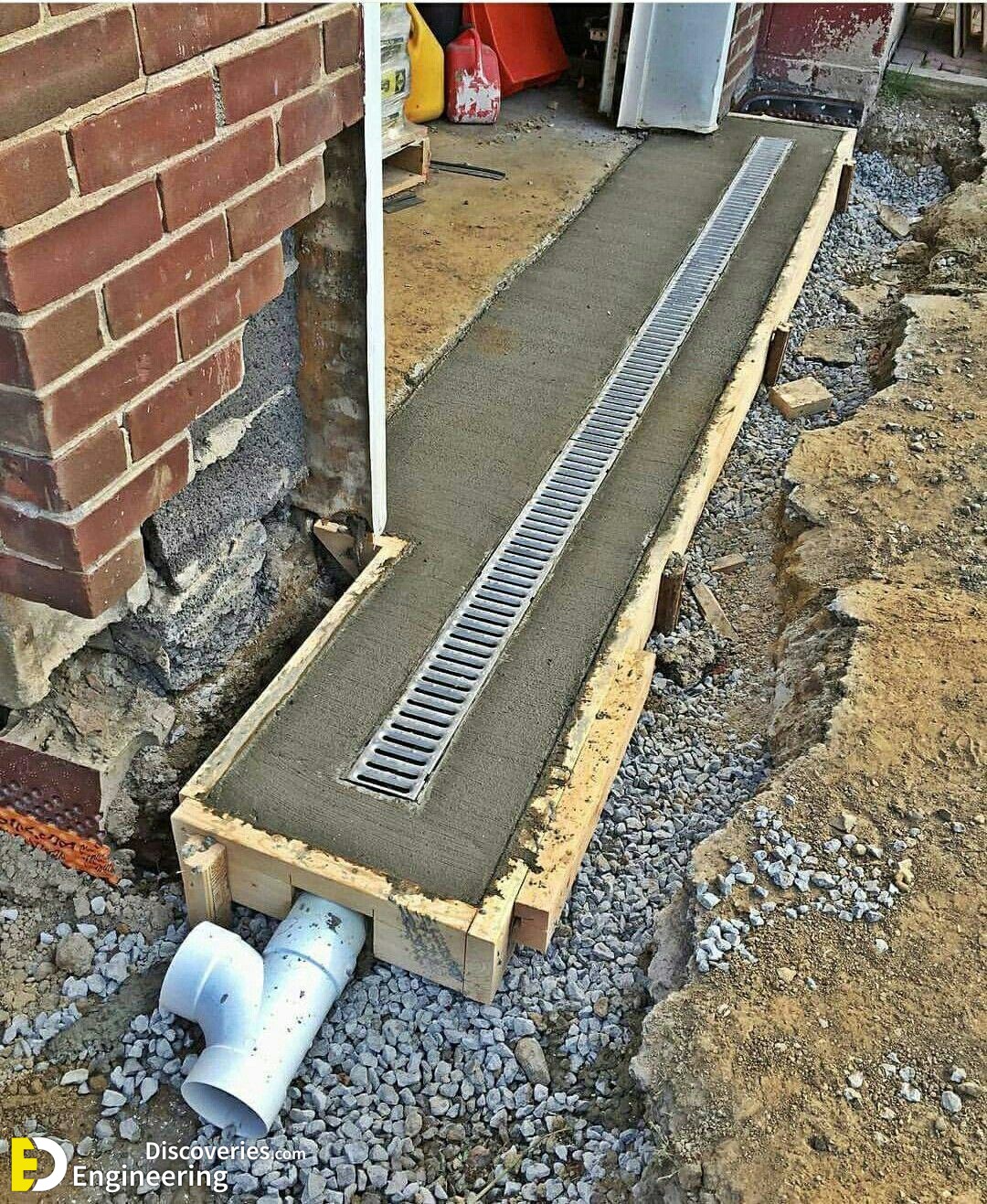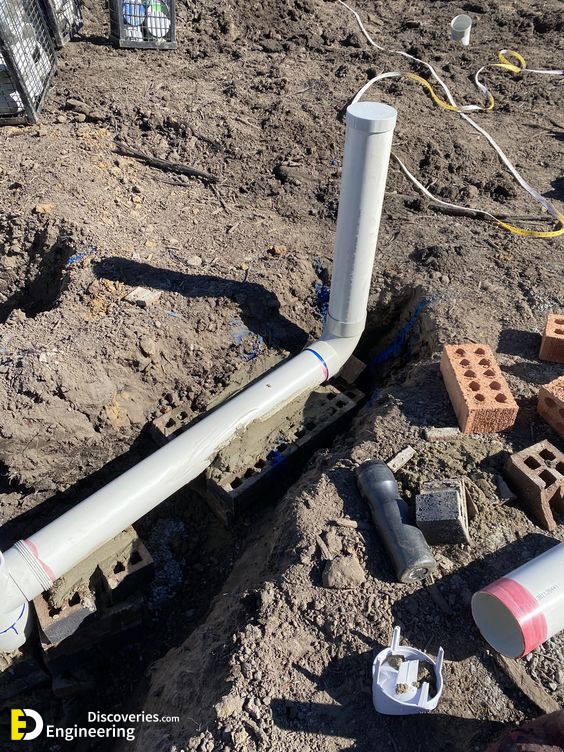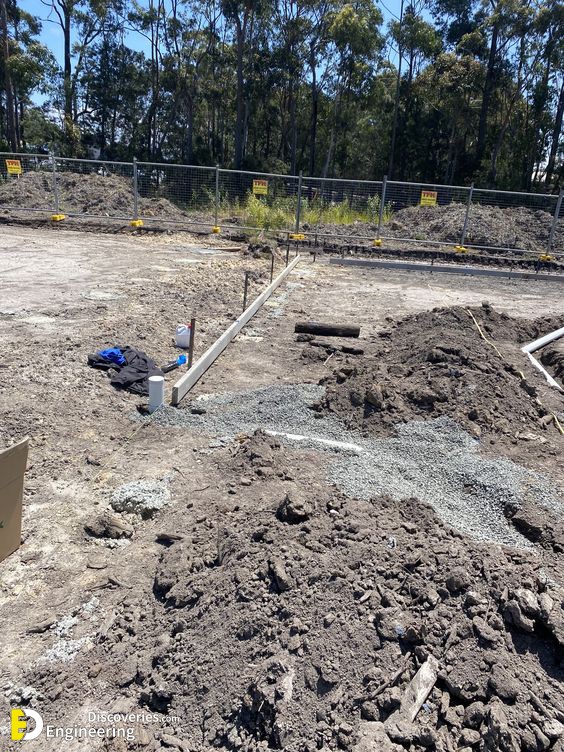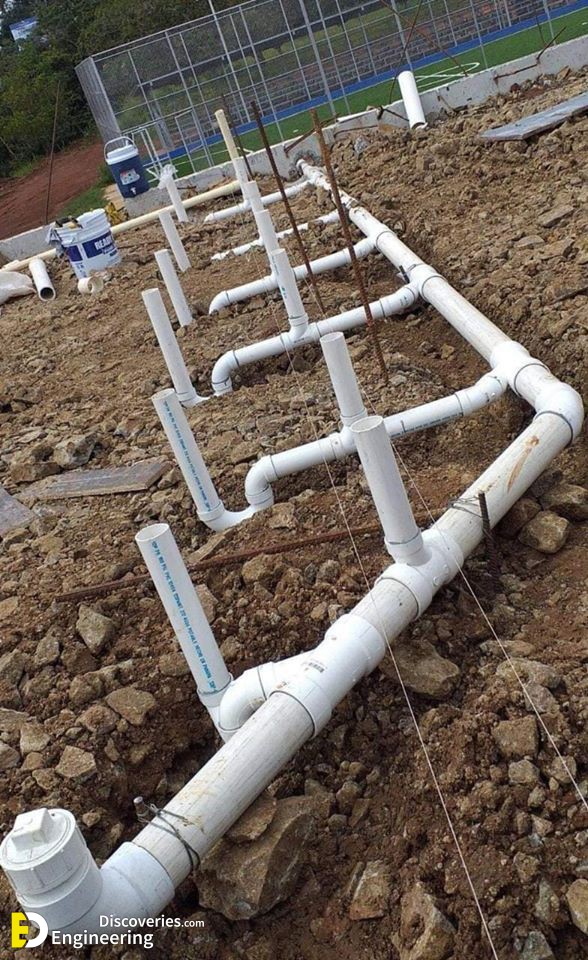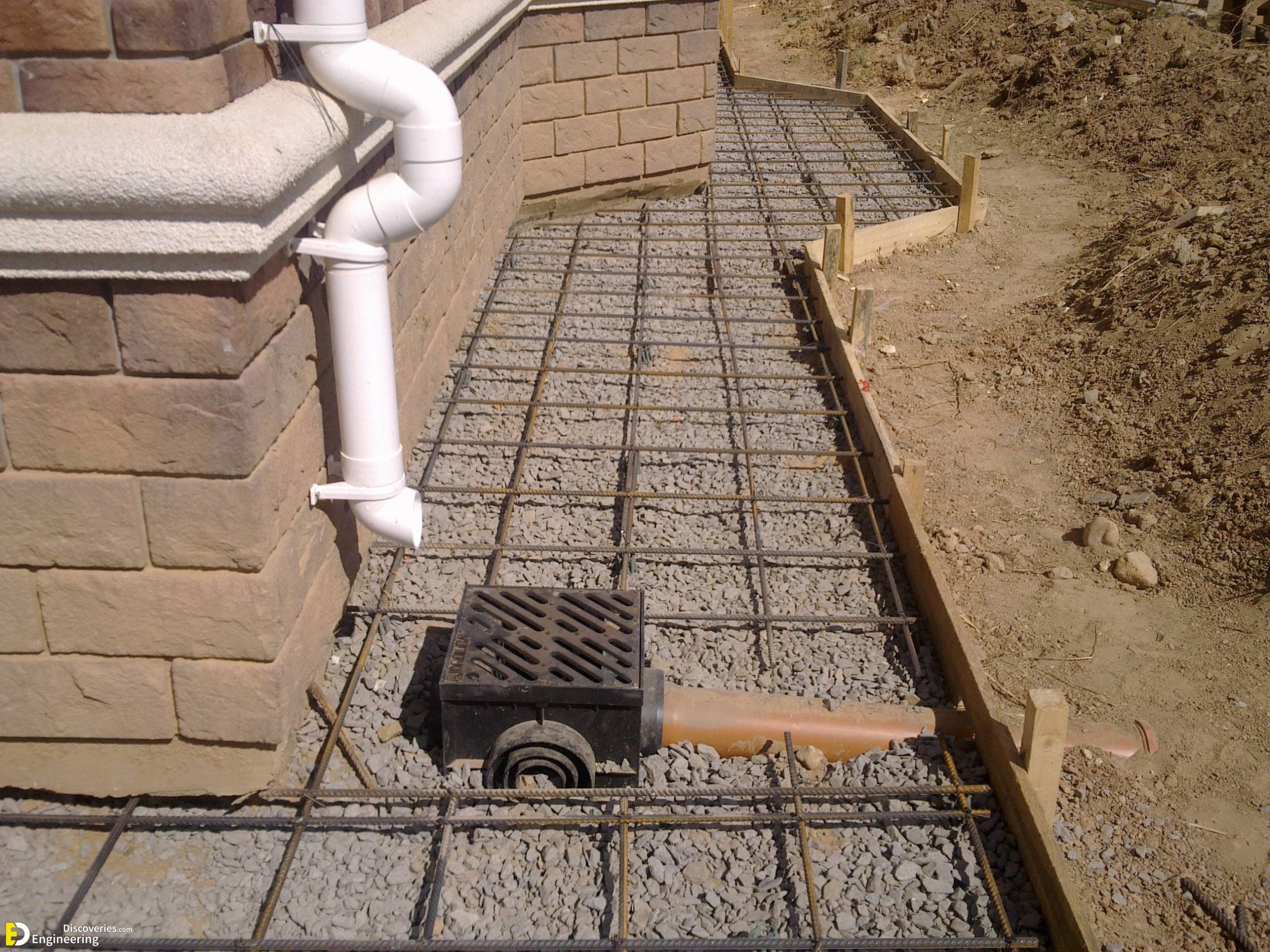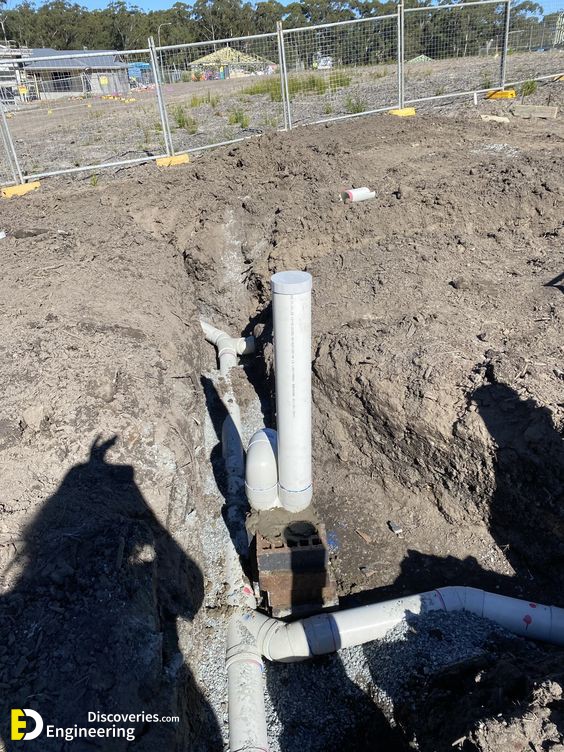Well, pretty much as the name suggests, it’s the drainage system that lives underground. The drainage system is formed from a mixture of lengths of pipe and fittings such as bends, junctions, and other fittings to either change the pipe’s direction or adapt to another system. Underground drainage is generally referred to as the sewage system as it is predominately used to transport waste water (grey water) or foul water directly to the sewage treatment facility. This system can also be used for rainwater drainage into a soakaway system or water course.
Usually these days the systems are made from PVC. This is because PVC is a lightweight yet strong material that lasts a very long time and is relatively cheap to manufacture when compared to clay or concrete. Due to its lightweight, it’s also easier to install and it’s almost completely maintenance-free. The inner wall is smooth which aids the easy flow of the wastewater, and PVC has a better “flow rate” than clay or concrete.
It’s easy to spot an underground drainage system as it’ll be terracotta in color which is the industry standard for this system. Interestingly soil pipes and fittings are almost precisely the same, made from the same machines. The only difference is that these will be black, white, or grey and contain a UV additive to protect against sunlight discoloration.

